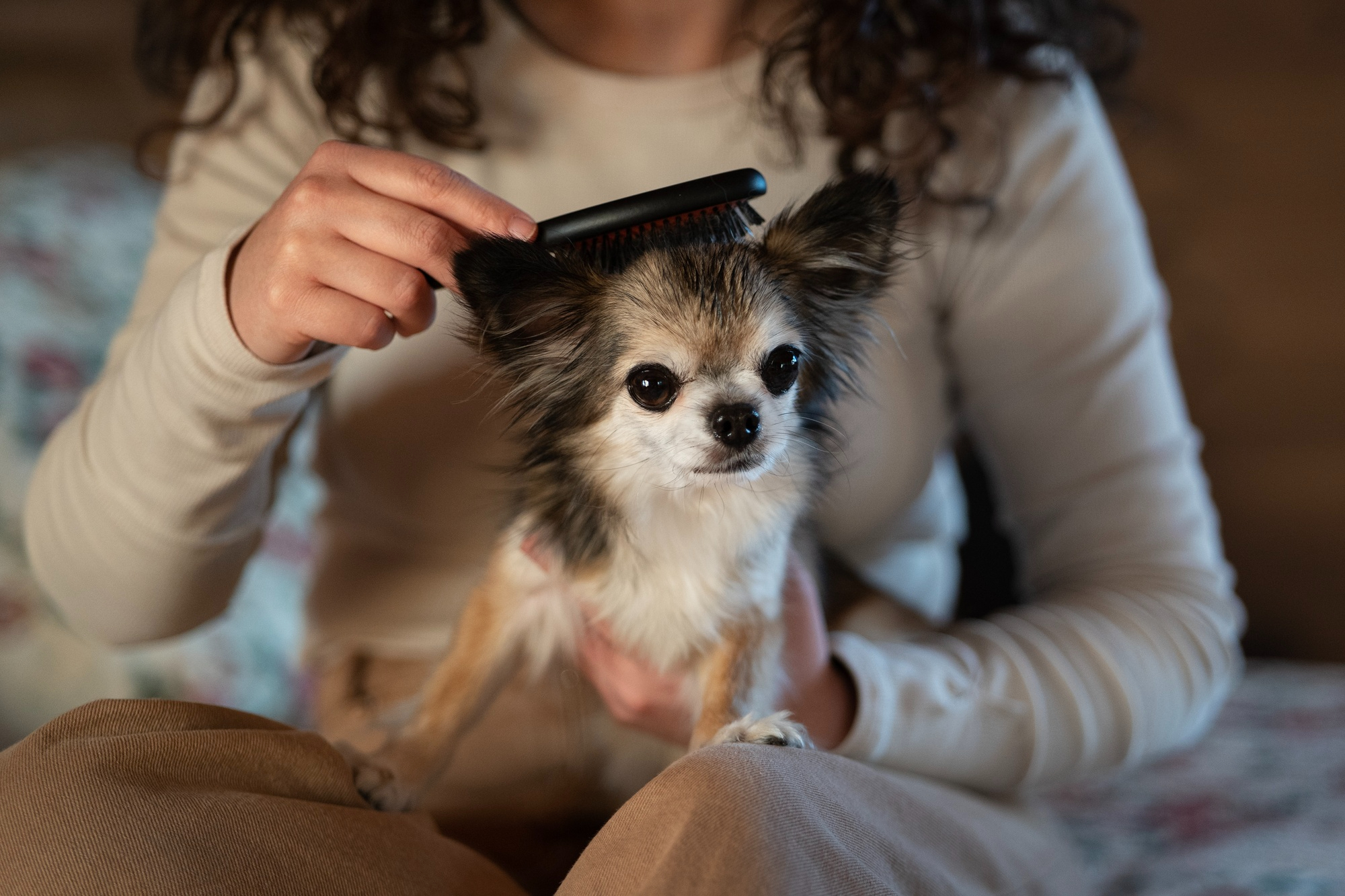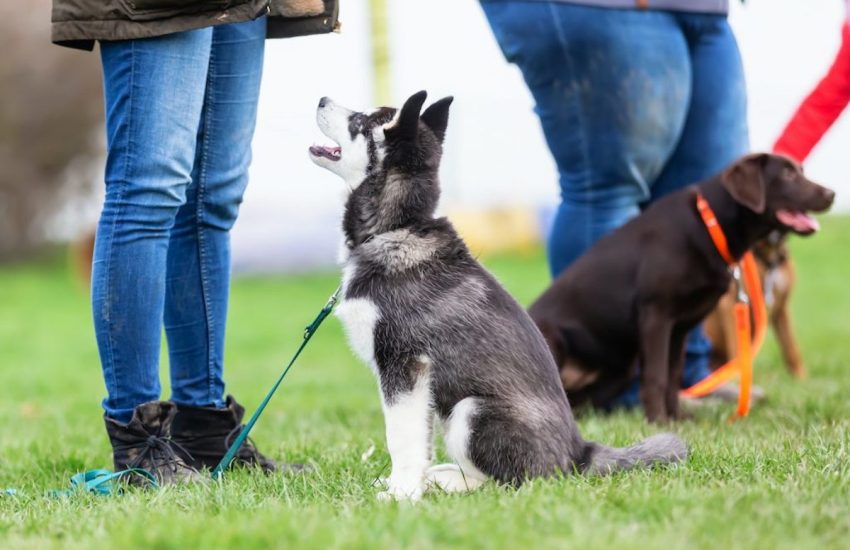How To Care For Small Dogs
This article will discuss how to care for small-breed dogs. You need to be able to care for a small dog. All dog breeds require love and care, but small dogs need special attention. When it comes to diagnosing and treating illness, vets are more attentive to the dog’s size. Understanding your dog’s characteristics is key to better care.
What are the differences between small-breed dogs?
There are many sizes and shapes for small breed dogs. Let’s take a look at 10 of the most popular breeds.
Sturdy and compact:
- Jack Russell Terriers
- French Bulldogs
- West Highland White Terriers
Sensitive
- Italian Greyhound
- Pomeranians
- Chihuahuas
Different featured:
- Long-backed Dachshund
- Japanese Chin with round heads
- Chinese Crested with Hairless Eyes
- Bichon Frise
What is the significance of the dog’s body size?
When choosing his items, size is important. When buying a bed for your dog, you should consider his size and shape. When purchasing a collar and leash for your dog, be sure to take into account their size. Temperature requirements can be affected by the dog’s size. Do your research about specific health issues and how to care for your dog before you purchase it. A leash is better than a collar for your dog’s harness.
It is important to get to know your dog.
Dogs have their own personalities, just like humans. Some dogs prefer a little bit of privacy and tranquility. Dogs love to play and socialize. Some dogs may be sensitive to slightest changes or criticisms. It is important to get to know your dog.
Why is it necessary to view the world through the eyes of a small dog?
The world can seem scary to a small dog. This is why it’s important to look at the world through your dog’s eyes and make adjustments as necessary. Literally, go down to the level of your small dog’s eyes. You should ensure that the play area and rest area are not too close to the dog’s water bowl or dish.
They don’t need to run a marathon to get water. Remove looming, intimidating tools such as the hoover. Can the dog jump on furniture if you allow them to? You want to provide a safe and welcoming environment for your little dog.
Be aware of the small dog syndrome
There are many challenges to being a small dog in such a large world. This can lead to dangerous behavior. As a defense mechanism, they might resort to bad behavior.
Even though the dog may be small and cute, dangerous traits such as biting and snarling or running away when called could prove to be dangerous. You should teach your dog appropriate behavior right from the start. Your pooch will learn to adapt quickly to new situations.
As soon as possible, socialize your dog
Socialization can help your dog to learn good behavior and live a happy, healthy life. You can enroll him in a class with other dogs. You can also get help from a dog trainer. Go for walks with your dog in the neighborhood.
Talk to dogs and let them get to know one another. Dogs learn socialization by experience. Do not be afraid to allow your dog to meet strangers while on walks. Depending on your dog’s personality and temperament, you should take baby steps. If in doubt, consult your veterinarian.
How do you train your small dog?
It doesn’t matter if you don’t know how to teach her. It is essential to teach your dog commands like sit, heel and stay. Be patient. English may not be your dog’s first language. Start house training your dog as soon as they arrive at your home.
It takes patience. It will not help to yell at your dog if he or she accidentally soils the carpet. As a parent, you should guide your dog gently. Keep trying and being consistent. Train your dog to use the “bathroom” if you have to leave them alone.
Small dogs require special food
Small dogs require different calorie requirements. Smaller dogs have more surface area per kilogram than larger dogs. They also use more energy to keep warm. Because they are more active, they tend to use less energy for getting around. Small dogs need more calories per kilogram. It is important to be aware of excess weight gain.
How do you feed small dogs?
Smaller breed dogs should eat small amounts of food throughout the day. This will help compensate for small stomachs and provide energy. Ask your vet for advice on the best meal times and amounts. Dog food that is specially designed for small dogs should be purchased. Your dog will live a longer, healthier life if it eats food rich in antioxidants and omega 3/6.
How do you groom a small dog?
A dog doesn’t have to be bathed every other month. Once every two months is enough. It is essential to groom your small dog on a regular basis. You should also keep their nails trimmed. A professional groomer could be hired to take care of your dog. They can bathe and groom your dog. You can also bathe your dog in a small bathtub between visits.
You and your dog might find a large bathtub too difficult to manage. You will need to teach your furry dog how to brush and untangle his or her hair. Brushing your dog’s hair is essential, even if it is short. Brushing your dog’s teeth at least three times per week is a good idea.
How do you bathe a small dog in the bathtub?
Brush your dog’s hair first. Next, wash your doggie in a small tub with lukewarm soap. As you wash your doggie, keep talking calmly and reassuringly to her. Use a high-quality dog shampoo. Rinse the shampoo well. Let her hair air dry. Give her a treat.
How often should your dog be seen by a veterinarian?
A small dog should be taken to the vet at least once a year, unless there are any medical emergencies. The vet will give your pet the required vaccines and perform a thorough exam. If you notice unusual behavior or a lack of appetite, bring your pet to the vet.
Watch out for signs such as bloating, abnormal sleep patterns, rash or swollen tongue or nose. If you notice any problems between visits, please contact your vet immediately.
Give them love and attention. Dogs love to be loved. Talk to your dog and be open to her feelings. A well-trained dog will live a happy, long life that brings you joy and love.
Doggie daycare
Doggie daycare facilities offer plenty of space to play and care, including 24-hour care (including stomach massages), luxurious dog daycare in perth amenities like paw-soft carpeting, beds for snoozing and a host of other fun things for their dogs. What about you? You can be sure that your pet is being loved and cared for with our services.
It’s not just dog-friendly, it’s dog-focused
The kennel offers more than dog-friendly amenities. It has large indoor and outdoor off-leash play areas, agility courses, and a splashpad. Your pooch will not be alone in daycare without a cuddle buddy. Our highly trained and knowledgeable pet care staff provide this service.
Facilities
You’ll get regular updates about your dog’s day at daycare. They will also share photos and information that you can show your mother. Some of the most luxurious features in dog daycare include climate control, odor-controlling equipment and paw-soft flooring.
You can make your pet’s day more fun by adding petcare accessories. You can spend quality time with your pet by giving them one-on-one snuggle or play time, or one-on-one chicken jerky or crunchy peanut butter dog biscuits.


